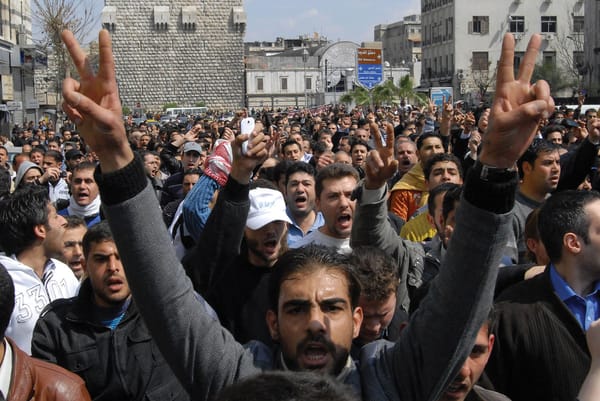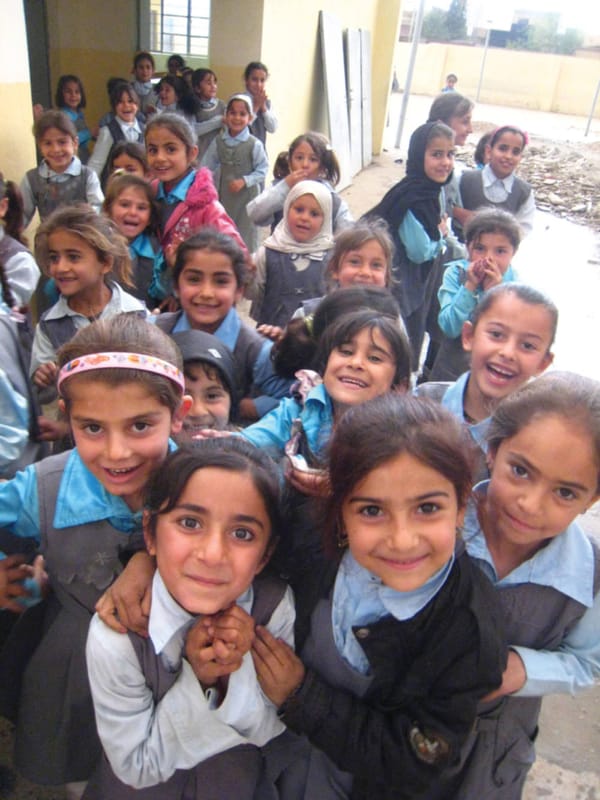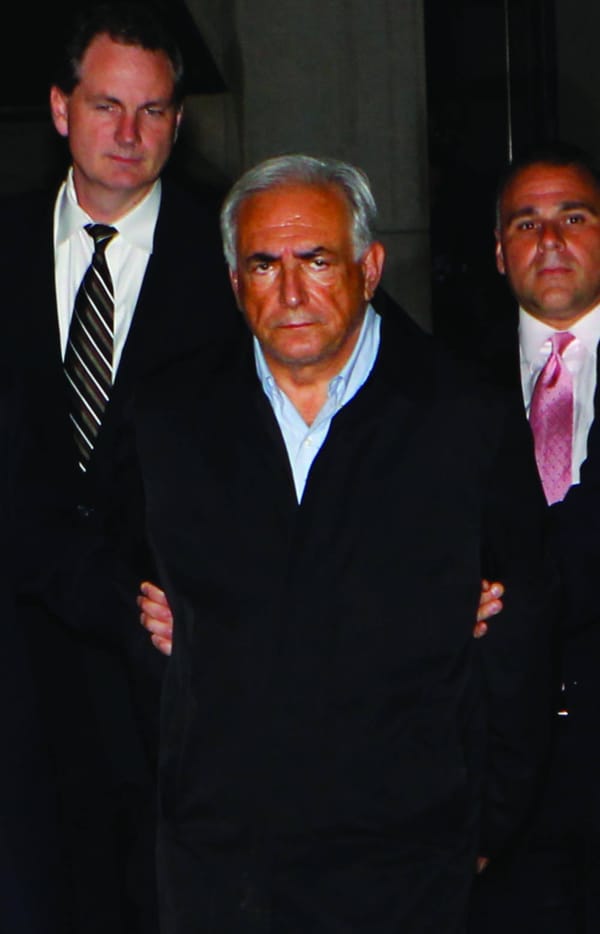Sadly no simple single solution
In September 2010 members of the IC Palestinian Society travelled in the West Bank and took part in voluntary programs at Al-Najah University and Askar refugee camp.
This article was originally published on Friday 15 October 2010.
After three hours of questioning and “security checks” it was with some relief that our group finally left the bowels of Ben Gurion airport and stepped out into the warm Mediterranean night. Soon after arriving at our first destination of Jerusalem we entered the Old City and wandered through the maze of crooked streets in awe at the splendour and majesty of our surroundings. Jerusalem is a truly special city. The cobbles drip with history and excavations reveal, in distinct layers below the surface, how it was razed and reconstructed repeatedly by different civilisations.
Yet scratch beneath the surface and violence has never been far. Where the Western Wall Plaza now stands used to be the city’s ancient Moroccan quarter. On the 10th June 1967, after capturing East Jerusalem from the Jordanians, the Israeli army gave the 650 inhabitants of the quarter a few hours’ notice to abandon their homes. They then set about demolishing the entire area to make way for the Plaza. By the admission of Israeli commanders themselves, many of those who refused to leave were killed.
Leaving Jerusalem, it does not take long to reach the now infamous West Bank barrier. Concrete, sheer and topped by great arcs of barbed wire, this symbol of the conflict snakes its way through the country, separating Israeli citizens from the Palestinians Arabs living just behind it.
One of the most striking aspects noticeable while travelling behind the wall is the number of Israeli settlements that pepper the landscape. Huge obstacles to any current peace deal, these colonial outposts are well developed. Ariel, the largest of its kind in the northern West Bank, is home to over 15,000 settlers and has its own university. The settler-only roads that criss-cross the landscape and connect these towns to each other, along with the different number plates that Israeli and Palestinian drivers are forced to use, lead to countless comparisons with apartheid South Africa.
In the midst of all this the one seemingly obvious question which is seldom addressed is the following: “Where exactly is the long-proposed Palestinian state supposed to go?”
The Israelis have de facto annexed almost 50% of the land in the West Bank as fully Israeli controlled or of restricted access to Palestinians. Almost 500,000 Israeli citizens live in settlements located in the West Bank or East Jerusalem – all of which are recognised as illegal under international law by the United Nations, the European Union and the United States.
However, although they are illegal, it is also surely fantasy to imagine that they will ever be removed. The evacuation of all settlements in the Gaza strip and four in the West Bank under Ariel Sharon opened bitter rifts in Israeli society and the task of displacing hundreds of thousands of settlers, many of whom would certainly resist, is not a realistic plan for any future prime minister. Why then do the negotiating parties continue in the endless stalemate of talks based on a two-state solution that will never be implemented?
Many of the Palestinians we spoke to stated in conversation that they would prefer a single state with equal rights and freedom of movement for all. At the beginning of this month, Gregorey Levey, himself a former speechwriter for two Israeli prime ministers, said in an interview with Time that increasing numbers of Palestinians are saying “Forget it. We’ll have one state. We don’t want our own state, but we want a vote.” Despite this apparently growing momentum, the one state solution is still often dismissed as a “fad” and not discussed at a serious level.
Paradoxically, when the first ideological settlers started building on the lands captured by Israel in 1967, they put into motion a sequence of events which now makes it seem less likely than ever that Israel can remain a Zionist state. This is because the settlers have entrenched themselves so deeply that they will surely stay, and yet no Israeli leader in the foreseeable future seems likely to attempt the ethnic cleansing that would be necessary to remove the millions of Palestinians living in the West Bank. The result is two communities which, despite their mutual loathing for one another, are bound to living cheek by jowl.
Opponents of the one-state solution including Levey claim that it would lead to civil war, and that the two communities can never hope to coexist. But this need not be the case. If people are treated with dignity and not subject to ritual humiliation as part of their daily lives then it seems more likely that a situation conducive to peace will form. Things are undeniably better in the West Bank now since the end of the First Intifada – the checkpoints remain but generally allow traffic to pass and the university which we visited boasted truly impressive facilities.
If one can take anything from the Western Wall Plaza and Balata camp other than acrid depression, then it should be the deep knowledge that both peoples are there to stay. Neither are going anywhere and there will never be peace in the Middle East until this is accepted.









